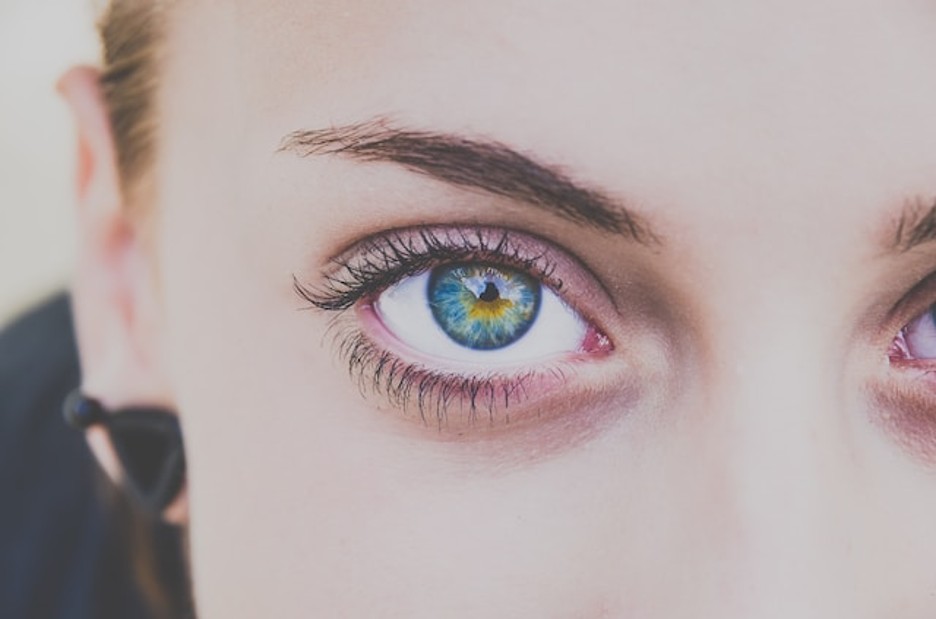Photo editing, also known as post-processing, involves altering and enhancing images to improve their overall appearance or achieve a desired effect. This process can be as simple as adjusting brightness and contrast or as complex as manipulating entire elements within a photo. Photo editing has become a crucial aspect of modern photography, enabling photographers to perfect their images and bring their artistic visions to life.
Importance of Photo Editing
Photo editing is essential in photography for several reasons:
- Enhancing Image Quality: Editing helps to improve the quality of photos by adjusting elements like exposure, sharpness, and color balance.
- Correcting Flaws: Imperfections such as blemishes, red-eye, and unwanted objects can be removed through photo editing.
- Artistic Expression: Photographers can express their creative vision by manipulating images to achieve unique effects and styles.
- Professional Presentation: Edited photos look polished and professional, which is crucial for commercial photography, portfolios, and social media presence.
Common Photo Editing Techniques
There are numerous photo editing techniques that photographers use to enhance their images:
Adjusting Brightness and Contrast
Adjusting brightness and contrast helps to improve the overall exposure of a photo, making it more vibrant and visually appealing.
Cropping and Resizing
Cropping removes unwanted areas from an image, while resizing adjusts the dimensions. This helps in focusing on the subject and fitting the photo to specific requirements.
Color Correction
Color correction involves adjusting the colors in an image to ensure they appear natural and consistent. This can include white balance adjustment, saturation, and vibrance. This includes:
- White Balance: Correcting the colors to make sure whites appear white and other colors are true to life.
- Color Balance:Adjusting the overall mix of colors to correct any color casts (like a blue tint) and make the image look more natural.

Retouching
Retouching removes imperfections such as blemishes, dust spots, and other distractions. It’s commonly used in portrait photography to achieve flawless skin. Common retouching techniques include:
- Removing Blemishes:Using tools to remove imperfections like pimples, scars, or dust spots.
- Smoothing Skin:Softening the skin texture to reduce the appearance of wrinkles or pores.
Sharpening
Sharpening enhances the detail and clarity of an image, making it appear more crisp and defined.
Applying Filters and Effects
Filters and effects can change the mood and style of a photo. From vintage looks to modern aesthetics, these tools allow for creative experimentation.
Understanding Different Photo Editing Software
Various photo editing software options cater to different needs and skill levels. Here are some of the most popular ones:
Adobe Photoshop
Adobe Photoshop is the industry standard for professional photo editing. It offers advanced features for detailed image manipulation and creative editing.
Adobe Lightroom
Lightroom is favored for its user-friendly interface and powerful editing tools, particularly for batch processing and organizing large photo libraries.
GIMP
GIMP is a free, open-source alternative to Photoshop, offering a wide range of editing tools suitable for both beginners and advanced users.
Essential Tools for Photo Editing
Effective photo editing requires the right tools. Here are some essential ones:
High-Resolution Monitor
A high-resolution monitor ensures you see accurate colors and details while editing.
Graphics Tablet
A graphics tablet provides precision and control, especially useful for detailed retouching work.
Calibrated Monitor
Calibrating your monitor ensures color accuracy, which is crucial for consistent results across different devices and prints.
External Hard Drive
An external hard drive provides ample storage space for large photo files and backups.
Photo Editing Mistakes to Avoid
Avoiding common mistakes can improve your photo editing skills:
Over-Editing
Over-editing can make photos look unnatural. Strive for subtle enhancements rather than dramatic changes.
Ignoring the Original
Always keep the original file intact. This allows you to start over if necessary and preserves the initial quality.
Inconsistent Editing
Maintain a consistent style across your photos to ensure a cohesive look, especially important for portfolios and social media feeds.
Neglecting the Details
Pay attention to small details like shadows, highlights, and textures. These elements can significantly impact the final result.
Rushing the Process
Take your time with edits. Rushing can lead to mistakes and overlooked elements that detract from the overall quality.
Conclusion
Mastering the art of photo editing is a journey that enhances your photography skills and allows you to fully realize your creative vision. By understanding the importance of editing, learning common techniques, choosing the right software, utilizing essential tools, and avoiding common mistakes, you can elevate your photos from good to exceptional. Embrace the process, experiment with different styles, and continuously refine your skills to become a proficient photo editor.






